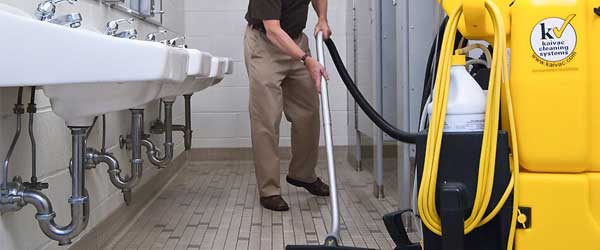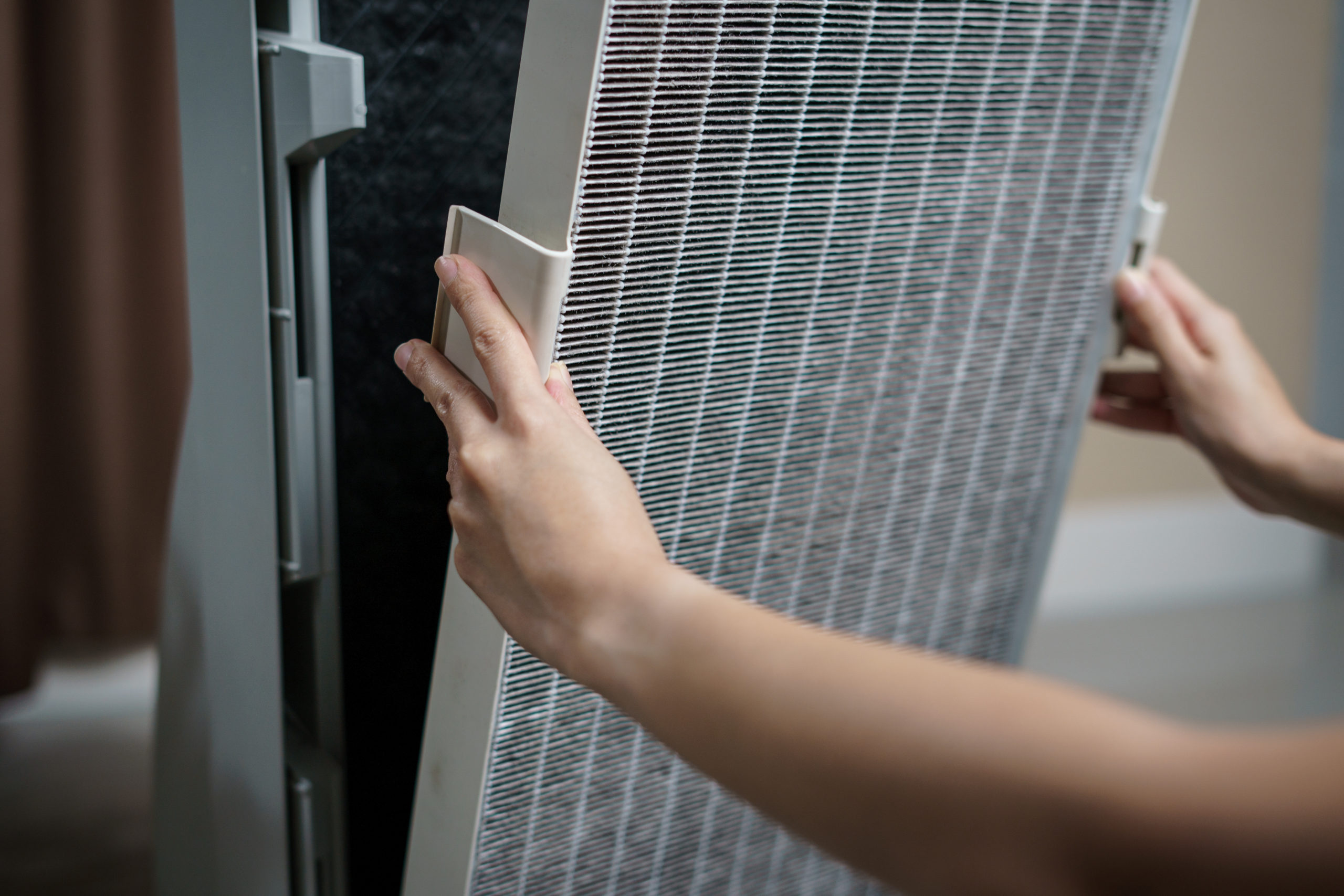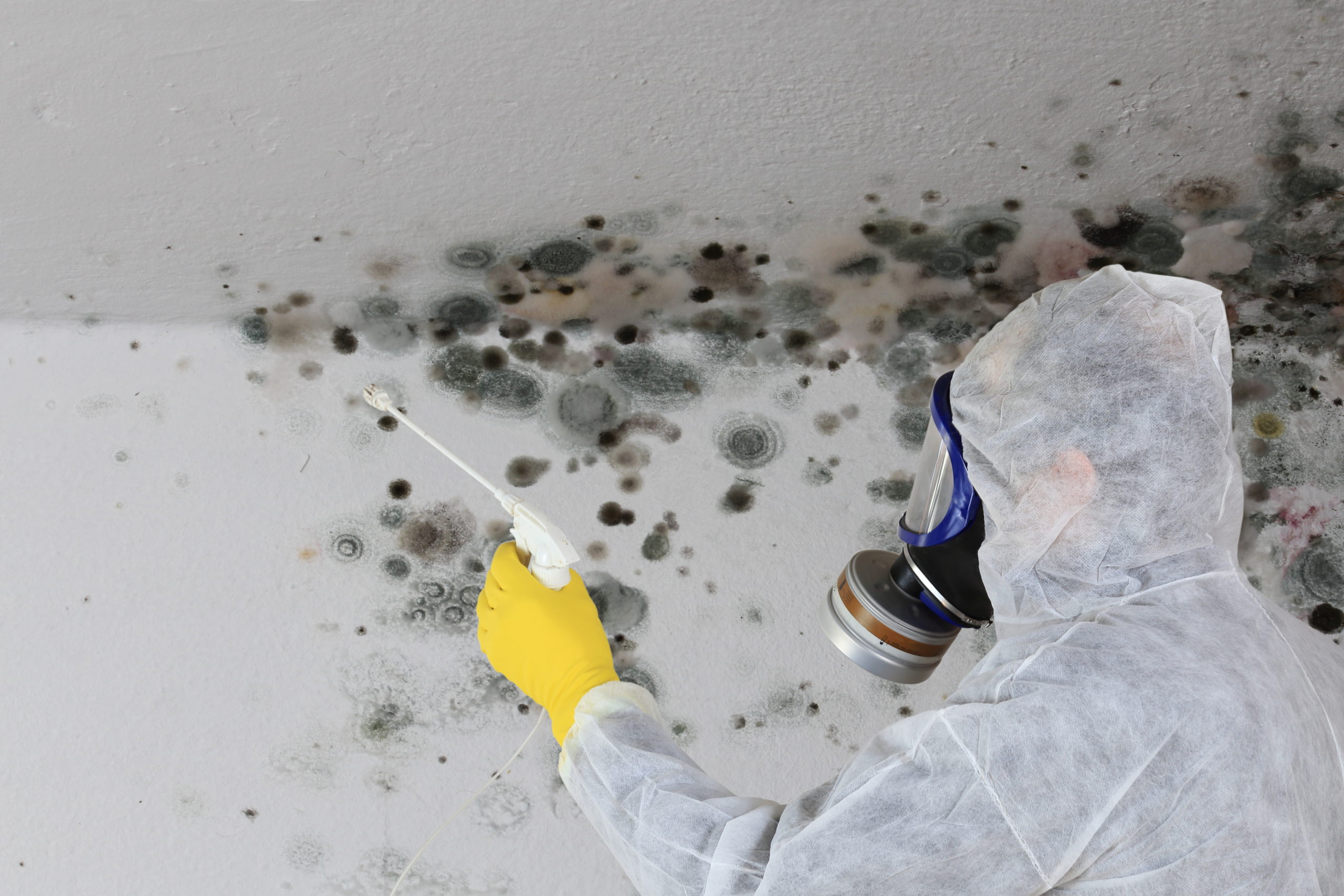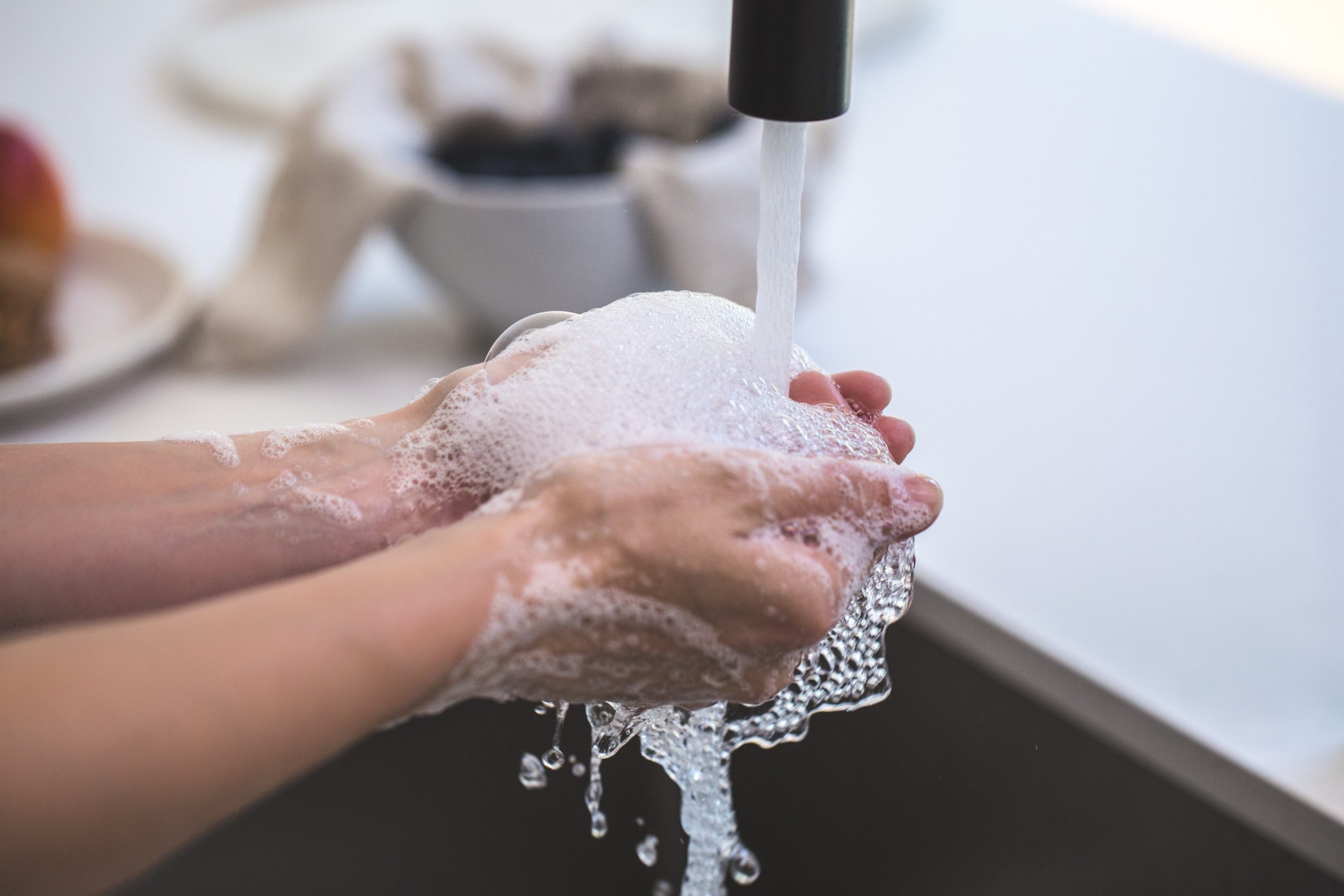“Floors do harbor dangerous germs and should be reclassified as “critical” areas requiring more thorough cleaning and disinfecting”
Hamilton, OH – For many years, hospitals considered floors “non-critical” areas when it comes to cleaning and disinfecting. This means floors were considered an unlikely source for the spread of infection in a hospital setting.
However, a 2017 study published in the American Journal of Infection Control, has determined that floors do harbor dangerous germs and should be reclassified as “critical” areas requiring more thorough cleaning and disinfecting.
To come to their conclusion, the researchers swabbed floors in rooms with and without patients who have a C. diff infection. In the process, they found that some floors were also contaminated with MRSA (Methicillin-resistant Staphylococcus aureus) and VRE (Vancomycin-resistant enterococci) both of which have become resistant to most types of antibiotics.
The researchers reported the following:
- In rooms with a C. diff patient, floors were more likely to be contaminated with any of the three pathogens
- However, C. diff was the most commonly detected of the three pathogens and found on the floors of approximately 50 percent of the rooms.
- Forty-one percent of the rooms had one or more objects touching the floors such as medical devices, bed linens, and towels; as these items are touched by patients or healthcare workers, it is possible germs from the floor will be transferred to their hands.
It appears this last point is key to how pathogens on the floor can cause infection. The researchers found that after healthcare workers handled an object in contact with the floor, MRSA was found on 18 percent of the worker’s hands; VRE six percent, and C. diff at 3 percent.
“While the study emphasized the need to take floor cleanliness seriously, it did not specify exactly how this should be accomplished,” says Matt Morrison, communications manager at Kaivac, developers of the OmniFlex Crossover Cleaning system.
“We know that mopping floors spreads germs and bacteria. This suggests that alternative floor cleaning methods are necessary to stop the spread of infection from hospital floors and all hard floor surfaces.”
* Deshpande A, Cadnum JL, Fertelli D, Sitzlar B, Thota P, Mana TS, Jencson A, Alhmidi H, Koganti S, Donskey CJ. “Are hospital floors an underappreciated reservoir for transmission of health care-associated pathogens.” American Journal of Infection Control, 2017; 45: 336-338.
About Kaivac, Inc.
Kaivac is the developer of the No-Touch Cleaning® and OmniFlex™ Crossover Cleaning systems. Headquartered in Hamilton, Ohio, Kaivac, Inc. delivers complete science-based cleaning systems designed to produce healthy results and outcomes while raising the value of cleaning operations and the professionalism of the worker. Kaivac offers an integrated portfolio of environmentally friendly cleaning products designed to remove the maximum amount of soil and potentially harmful biopollutants in the most cost-effective manner possible.
For more information, contact Kaivac Global Head Quarters at www.kaivac.com, email info@kaivac.com, or call 513-887-4600.
For more information in Europe, Middle East and Africa, visit www.kaivac-emea.com, email office@kaivac-emea.com, or call +43 6216 4524 15
For more articles, subscribe to our newsletter!






